The Best
Organization: ALS Association
Year: 2014
Campaign: Ice Bucket Challenge
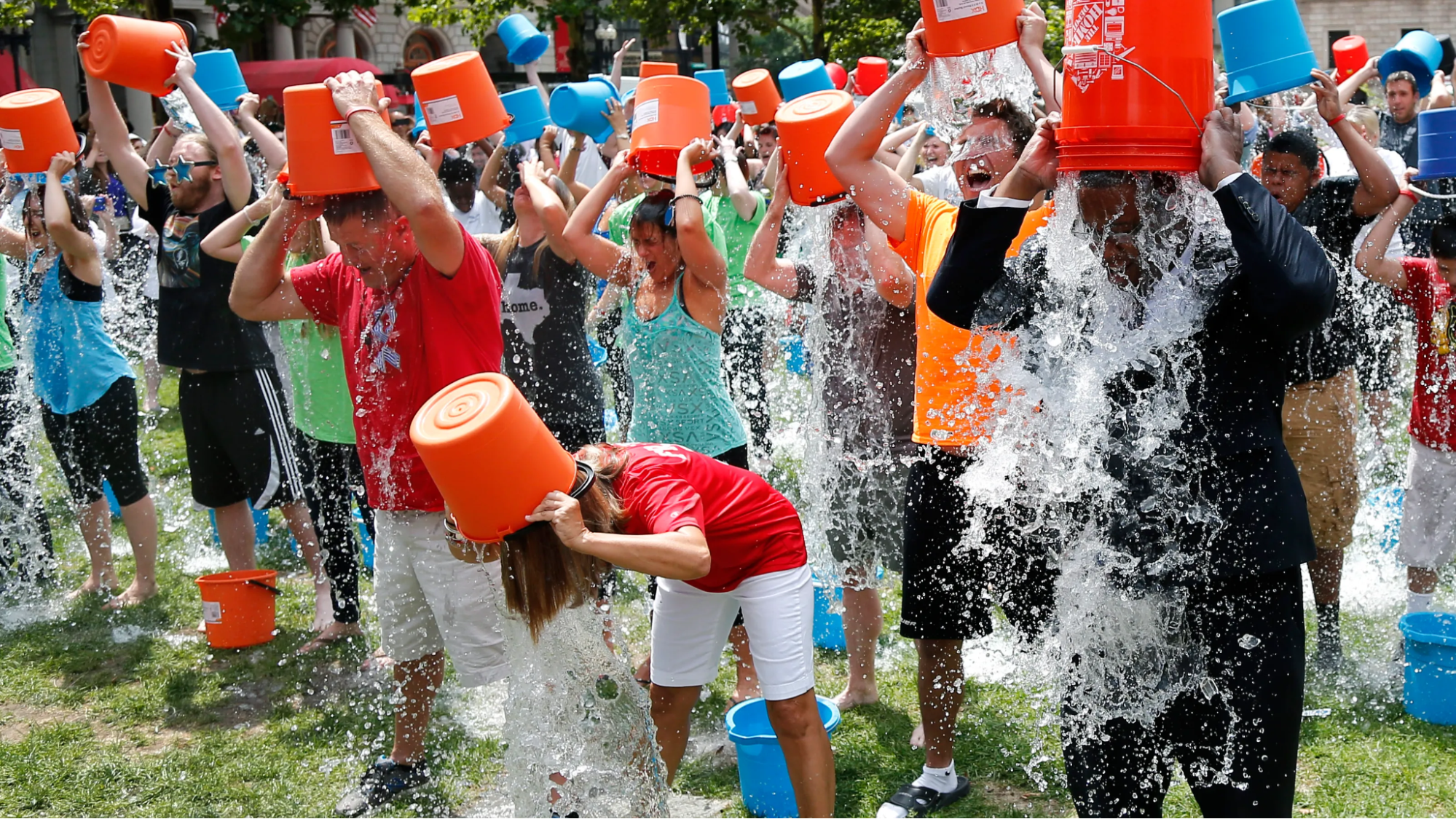
The Ice Bucket Challenge was one of the most viral and successful social media marketing stunts of all time. The campaign was created to raise awareness for Amyotrophic Lateral Sclerosis (ALS) and to encourage donations for research and community services for ALS patients. The challenge was for participants to post a video of themselves getting drenched by a bucket of ice water on social media. After they endured the cold water, participants could nominate others to do the same within 24 hours or donate money to the ALS Association.
The challenge quickly gained popularity partly because it was entertaining, required participants to conscript others to join, and was easy to follow. However, the campaign's virality skyrocketed when celebrities like Oprah, Lady Gaga, Justin Bieber, and many others participated.
As a result of the marketing stunt, the ALS Association was able to raise $115 million, setting a new industry standard for fundraising campaigns. The Ice Bucket Challenge demonstrated how effectively harnessing social media's power can be.
Company: Calm
Year: 2011
Campaign: Do nothing for 2 minutes
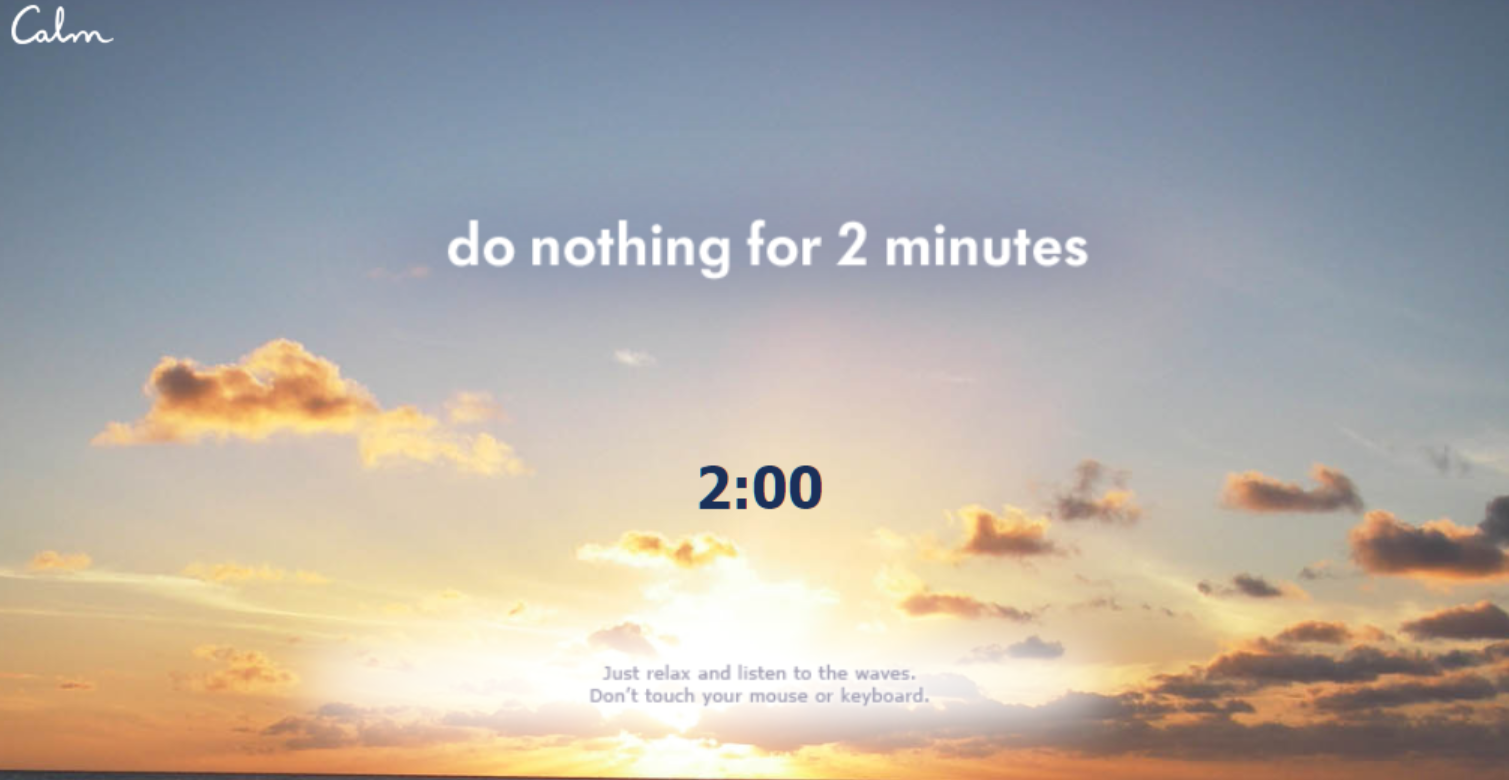
Before the popular mindfulness app, Calm, there was DoNothingFor2Minutes.com. The concept of the site - created by Calm's Co-founder, Alex Tew - was to encourage users to take a break from their busy lives and do nothing for two minutes. The website's 2-minute timer resets if visitors move their mouse or touch their keyboard.
Taking a couple of minutes to simply breathe, view a beautiful image, and listen to waves helped people relax and reduce stress and anxiety. This simple message reached 2 million people worldwide in just ten days, making it one of the most viral websites of all time.
Word of mouth was the match that lit the campaign. (In fact, Tew's only promotion of the site was a single Tweet from his personal account.) DoNothingFor2Minutes was touted by celebrities like Ashton Kutcher, featured in major publications like The Washington Post, and even included in a TED talk about mindfulness.
Notably, DoNothing was Tew's second viral website. His first, the Million Dollar Homepage, sold pixels to raise money for his university education.
Company: Artisan Entertainment
Year: 1999
Movie: The Blair Witch Project
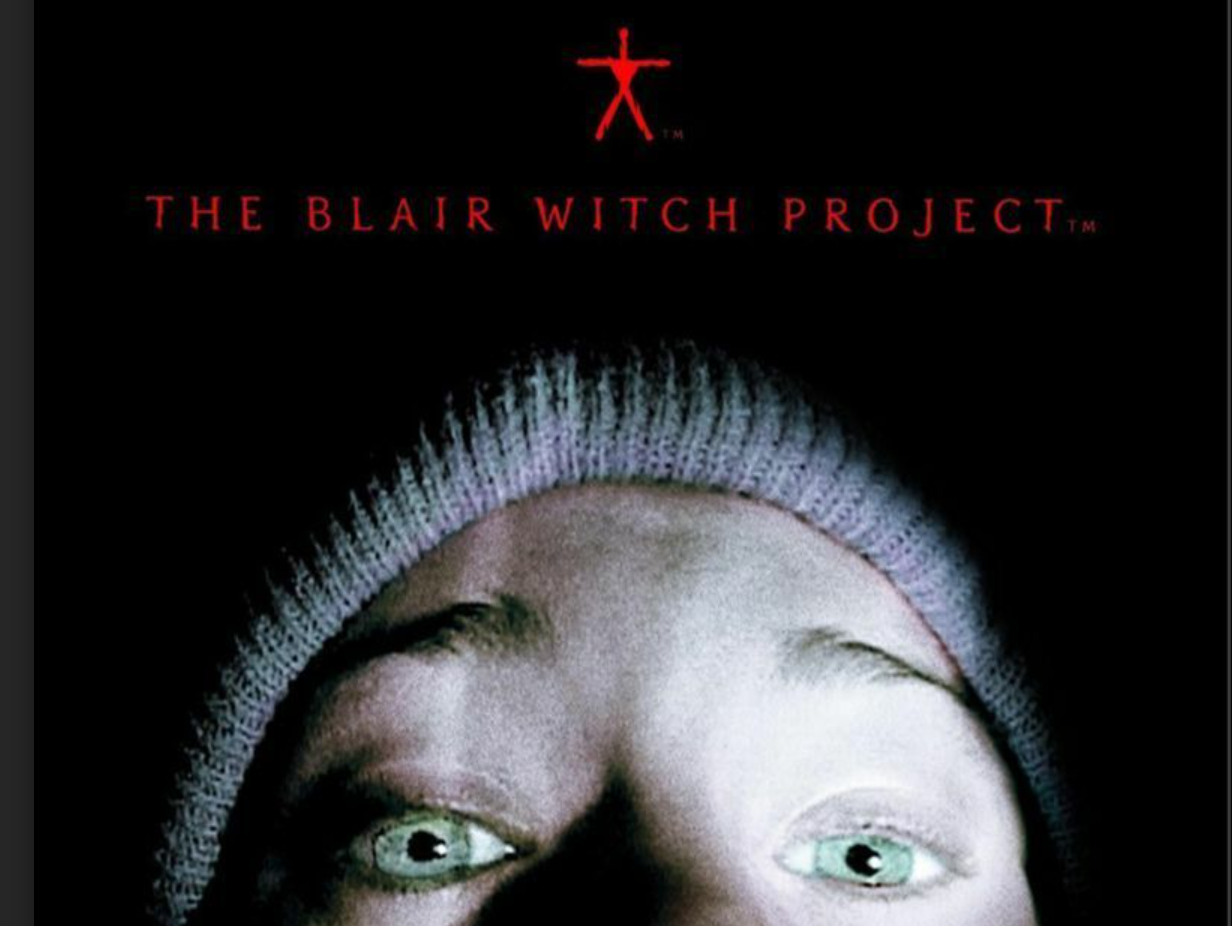
The years-long elaborate public led up to The Blair Witch Project was a paradigm-shifting approach to horror film promotion. Extensive, detailed lore about the Blair Witch blended truth and fiction so effectively that the film broke box office records - in fact, The Blair Witch Project made $248.6 million with an investment of just $35,000.
Daniel Myrick and Eduardo Sánchez, the indie film's creators, encouraged rumors that their entirely fictitious movie was a documentary they created from found footage left behind by the Blair Witch's victims - who were, according to them, still missing.
The creators produced widely convincing artifacts for the less discerning audiences of 1999. Some of their stunts include: a mysterious website with Blair Witch backstories and rumors, "leaked" details about the "murders," faux news clippings, a Missing poster for the "documentarians" who never returned from their investigation of the Blair Witch, and a mixtape that was "found" in one of the missing documentarian's belongings. Myrick and Sánchez even arranged for the three main actors' IMDb pages to say they were "missing, presumed dead."
Company: The Boring Company
Year: 2018
Product: Not-A-Flamethrower
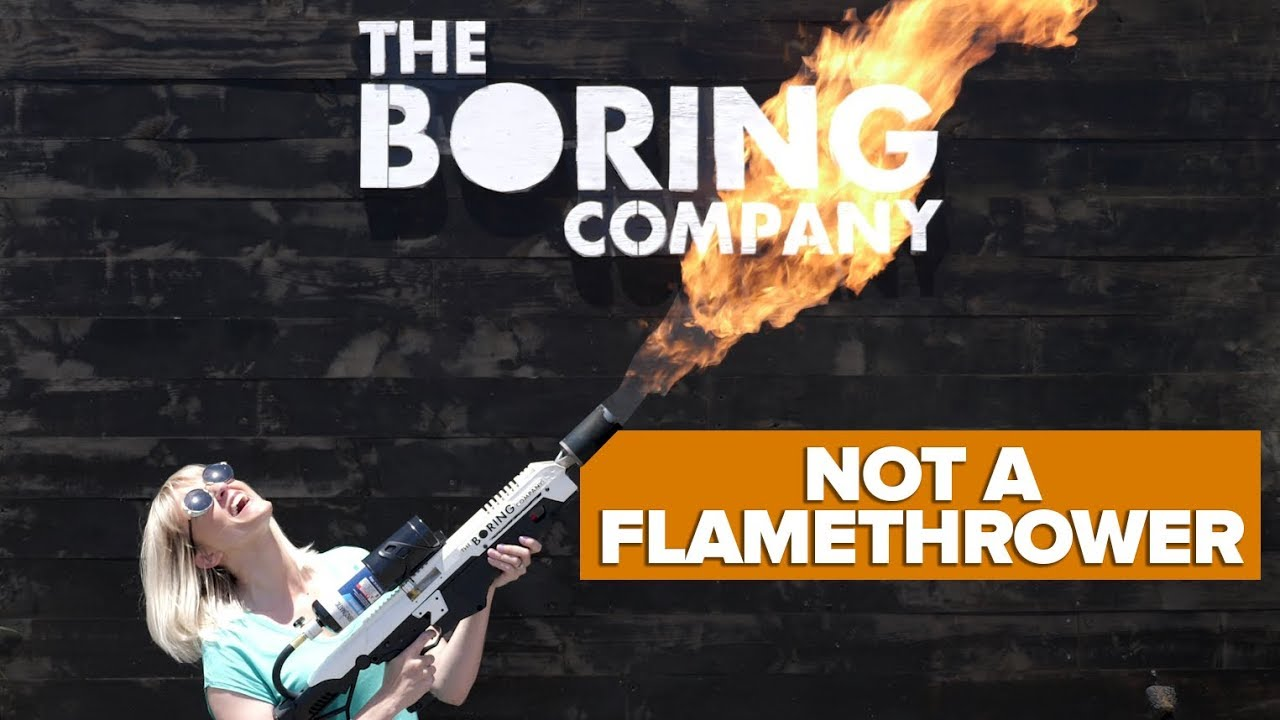
No stranger to controversy, Elon Musk played with fire when one of his many companies - The Boring Company - launched a flamethrower. The product, called "Not-A-Flamthrower," was marketed as a practical tool for starting a barbecue, helping with yard work, and other household tasks. This marketing angle enabled The Boring Company to sidestep safety regulations and other liabilities.
Musk teamed up with several YouTube influencers to demonstrate the safety of Not-A-Flamethrower, held several in-person events so customers could try it out, and promoted the flamethrower on his personal social media accounts. These strategies helped word of the flamethrower spread like wildfire - so much so that Musk sold all 20,000 units at $500 apiece in just two months, amassing $10 million in sales.
Despite the apparent danger of the product, Not-A-Flamethrower only emitted a decidedly less dangerous 3-foot propane flame. In a wink to customers, The Boring Company strategically overly-emphasized the safety of the flamethrower, implying that it was much more dangerous and exciting than it actually was. Customers felt in on the joke and purchased accordingly, making Not-A-Flamethrower one of the best marketing stunts of all time.
Company: Dove
Year: 2006
Campaign: Real Beauty
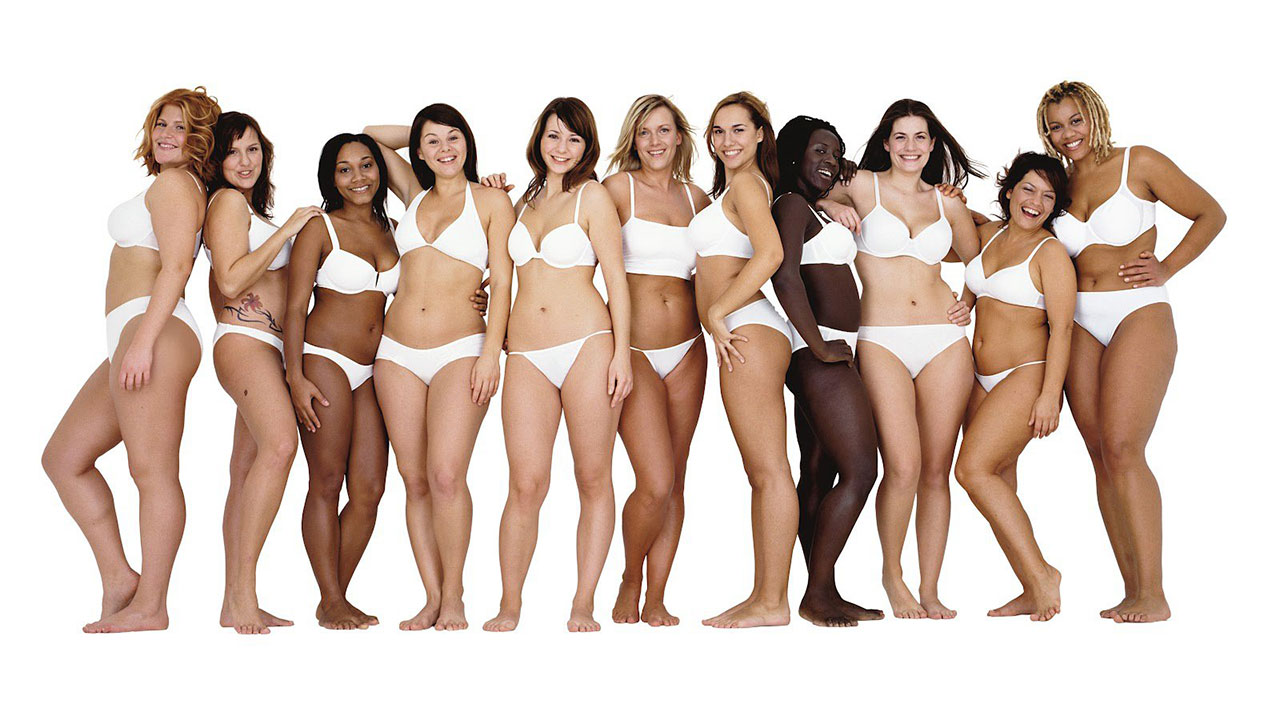
In 2006, it was shocking to see a billboard of women with diverse bodies in their underwear, but stunts like these lived at the heart of Dove's Real Beauty campaigns.
The iconic stunts challenged beauty standards by featuring "real" (read: non-model), diverse women with different skin tones, ages, and body types - and portrayed them as beautiful. While calling some women "real" (and implying others are somehow not real) is anachronistic at best, at the time, the campaign was praised for highlighting unrealistic body standards and promoting positive self-image among young girls and women alike.
One of the most memorable campaign stunts was 'Real Women Have Curves,' which featured photographs of women taken by renowned photographer Annie Leibovitz. The images were displayed alongside quotes from the models about their personal stories regarding body image issues. The powerful imagery resonated with many women worldwide and helped to question pervasive beauty standards (and whether they were worth the psychological toll taken on many women).
In addition to the positive public sentiment, the heartfelt campaign message had a significant impact on Dove's sales. The year the campaign launched, revenue increased by 10% compared to the previous year. Sales are even more impressive when viewed with a broader lens - Dove's $2.5 billion revenue in the year that Real Beauty launched grew to $4 billion in 2020, making it a top marketing stunt.
The Worst
Company: McDonald's
Year: 1995
Campaign: $1 Million Monopoly Game
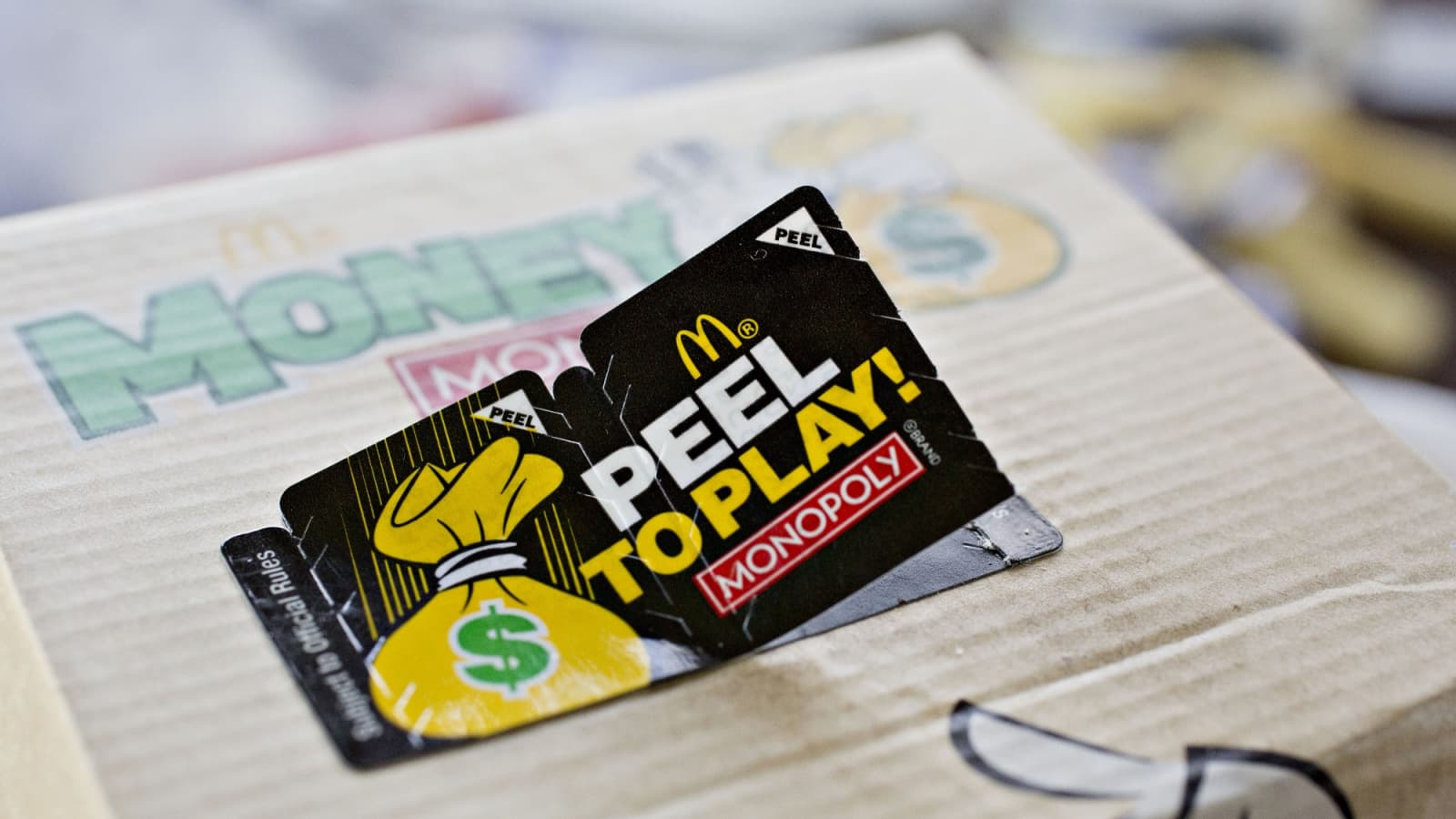
The McDonald's Monopoly scam of the late 1990s is one of history's most notorious marketing stunts. For years, the fast food giant ran a popular sweepstake with its iconic Monopoly game pieces (in the form of stickers on the sides of famous McDonald's menu items) that customers could collect in hopes of winning prizes like cars, trips to exotic locations, or most infamously, $1 million. Little did Mcdonald's or their customers know that behind the scenes, a massive fraud was brewing.
In 2001, it was discovered that a key member of the giveaway's security team, Jerome P. Jacobson, had stolen the most valuable Monopoly stickers and sold them to members of his personal network. Jacobson sold up to 60 winning tickets worth prizes of $200,000+ for $45,000-$50,000 each, bringing home more than $3 million total. It took the FBI some time to catch on because Jacobson was quite methodical about whom he sold the tickets to and his rules for redemption (no one he sold to directly could collect the prize money).
Eventually, the authorities were tipped off and noticed that a suspicious amount of winners were clustered in Georgia and Florida. Jacobson and seven of his accomplices were arrested for felony conspiracy to commit mail fraud, and Jacobson was eventually sentenced to 37 months in prison and a restitution fine of $12.5 million.
The aftermath of this scandal was severe: Not only did it tarnish McDonald's reputation, but it also cost them millions in lost sales due to customers feeling betrayed by their dishonesty. Even worse for public perception, Jacobson's over-50-person fraud network included some unsavory individuals, including US Mafia members, drug traffickers, and other criminals.
At the end of the day, the McDonald's Monopoly scam serves as a cautionary tale about how quickly trust can be broken between companies and consumers if a stunt goes awry. It also highlights how important it is for businesses to practice ethical marketing techniques with experienced partners to protect both their brand image and their customer base.
Company: LifeLock
Year: 2006
Campaign: CEO Social Security Number
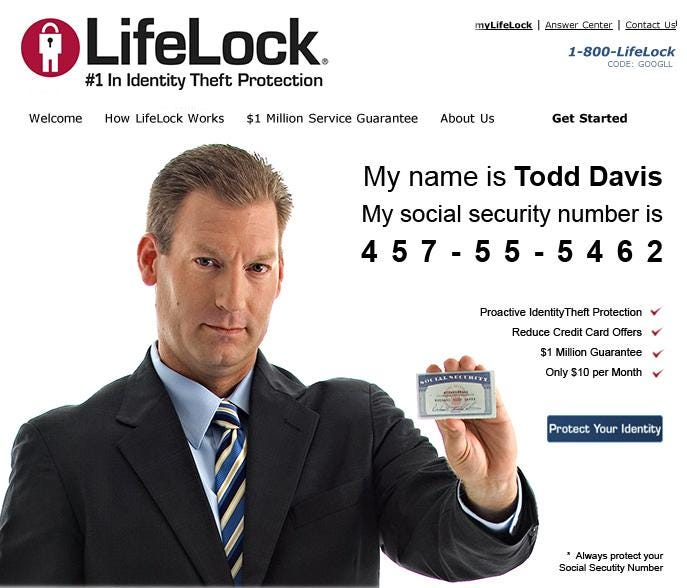
What's a better display of confidence in your company's identity theft protection service than sharing your personal Social Security number with the whole world? Probably nothing - assuming the service actually works. Unluckily for LifeLock's CEO Todd Davis in 2006, their service failed him on several fronts.
Davis was a victim of identity theft at least 13 times after publicizing his own Social Security number. He ran ads across multiple mediums proclaiming, "My Social Security number is XXX-XX-XXXX."
Needless to say, the product failed spectacularly for Davis, but the failure didn't stop there. LifeLock's service inadequately protected so many customers that the Federal Trade Commission fined them $12 million for deceptive advertising.
Davis' careless disregard for his personal information only serves as a lesson in what not to do when marketing yourself or your business. It also shows how important it is for everyone—especially those who work in industries like security and privacy—to practice what they preach and understand the consequences of their actions before going ahead with any publicity stunt. Lifelock may have gained some attention from Davis' ill-conceived plan, but its reputation ultimately suffered due to the fallout from this cringe-worthy marketing ploy.
Company: Cartoon Network
Year: 2007
Campaign: Aqua Teen Hunger Force LED Signs
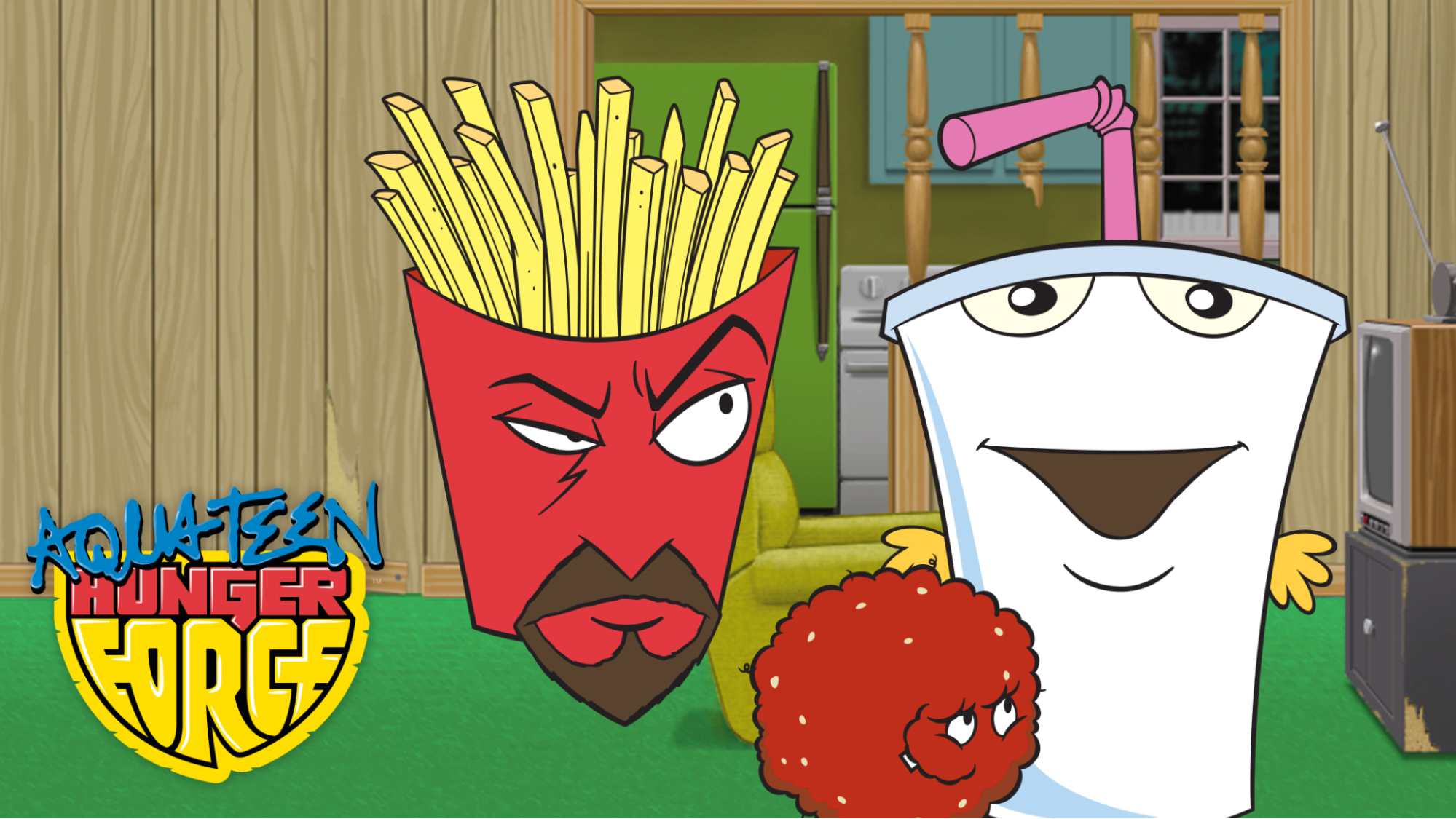
The Aqua Teen Hunger Force LED Signs campaign of 2007 is one of the most notorious marketing stunts in recent memory. The signs, which featured Mooninite characters from the popular animated series, were placed in public places throughout Boston. Unfortunately, these signs aroused suspicion in many Bostonians because the signs' large batteries and visible wires resembled bombs. (It didn't help that the Mooninites were antagonistically holding up their middle fingers to flip off viewers.)
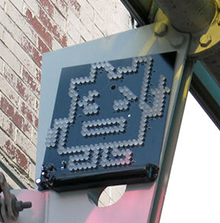 |  |
|---|
When Bostonians noticed these strange signs around their city, they called authorities, thinking it was a terrorist plot. A city-wide panic ensued that culminated in an investigation by the FBI.
Not only did the investigation waste millions of taxpayer dollars, but the stunt also damaged Cartoon Network's reputation with viewers for many years afterward. It also caused distrust among media outlets and marketers since then, who have been more cautious about their campaigns ever since.
Overall, the Aqua Teen Hunger Force LED Signs campaign is an example of how important it is for marketers to think through all aspects of their campaigns before launching them into the public sphere – no matter how "harmless" they may seem at first glance.
Company: Pepsi
Year: 1975
Campaign: The Pepsi Challenge
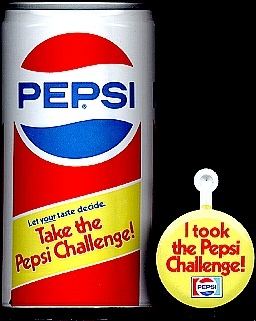
The Pepsi Challenge was one of the most iconic marketing stunts of the 1980s and is still remembered fondly by those who grew up during that era. The challenge pitted Pepsi and Coca-Cola against each other in a blind taste test. Participants were asked to sip from two unmarked cups and pick which one they liked best.
The stunt succeeded in putting Pepsi on the map - and even pitting it as a legitimate competitor against Coke, the previously unchallenged industry giant. However, the stunt failed miserably in its primary objective: increase Pepsi sales. Consumers were ultimately loyal to Coca-Cola despite momentary curiosity about their competitors. (This is perhaps due to a methodological failure with what Malcolm Gladwell calls the "sip test" - namely, that someone may prefer a sweeter drink for a sip or two but not an entire can's worth.)
Additionally, it soon became apparent that the challenge wasn't as objective as Pepsi had claimed it to be. The test subjects were often not true "blind" testers but rather people who already had a preference for either brand. In addition, many taste tests were conducted in locations where there was already an established preference for either brand - such as college campuses with large student populations that favored one cola over another - skewing the results in favor of whichever brand held sway in that location. This deception caused distrust in Pepsi, further driving brand loyalty to Coke.
Company: Pepsi
Year: 1996
Campaign: Pepsi Points to win a $23M fighter jet

Pepsi makes a list again with their "Pepsi Points" marketing stunt. Specifically, their commercial about the campaign included a "joke" about how participants could win a Harrier jet (a fighter jet worth $23M) for 7,000,000 Pepsi Points.
21-year-old business student John Leonard noted that the commercial featured no disclaimer about the "joke" and took Pepsi at its word. Leonard found five investors who backed him with the $700,000 required to purchase 7,000,000 Pepsi Points directly (the promotion permitted this).
When Pepsi refused to provide Leonard and his backers with the jet, they took the soft drink giant to court for fraud. Eventually, the courts ruled in Pepsi's favor since they never cashed the $700,000 check, but the entire debacle could have been avoided with a simple disclaimer, making the fighter jet stunt a colossal failure for Pepsi.
Bonus! The Best and Worst of 2022
The Best Company: MSCHF
Campaign: Big Froot Loop
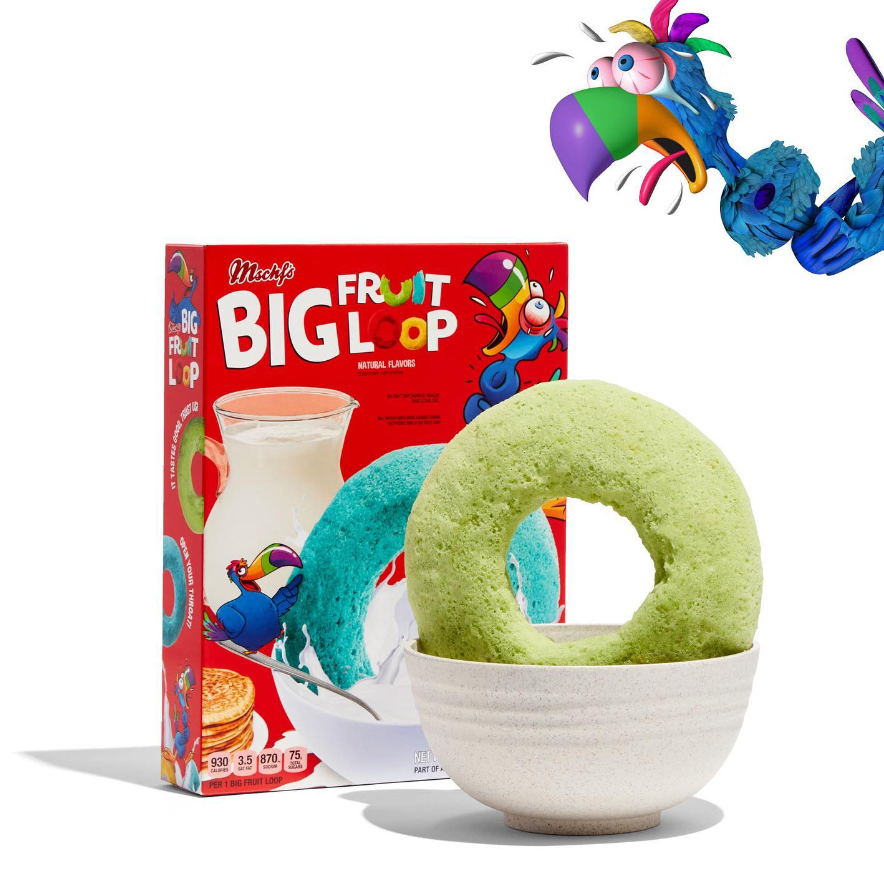
MSCHF, the stunt marketing firm behind Lil Nas X's satanic sneakers ( link), created another viral product that sold out instantly in 2022: the Big Fruit Loop. Before it sold out, the giant single half-pound Fruit Loop arrived in a package that features nods to the original cereal brand—including their iconic blue toucan mascot (who appears to be choking on the oversized loop). On the back of the cereal box, customers do a maze and play a game similar to Wordle.
MSCHF sought to obviate legal action from Kellogg's by naming their "part of an extremely unbalanced breakfast" Fruit Loop instead of Kellogg's spelling of Froot Loops. (It's to be determined whether this change will be sufficient to avoid a copyright infringement suit.) The popularity of the Big Fruit Loop makes it one of the best (and most fun) marketing stunts in 2022.
The Big Fruit Loop is only the most recent in a long line of clever stunts, including "eat the rich" popsicles created in the likeness of billionaires, the ultimate Tiffany's participation trophy, digitally generated feet pics, and medical bill art.
The Worst Company: Velveeta x Nails Inc
Campaign: Cheese-Scented Nail Polish
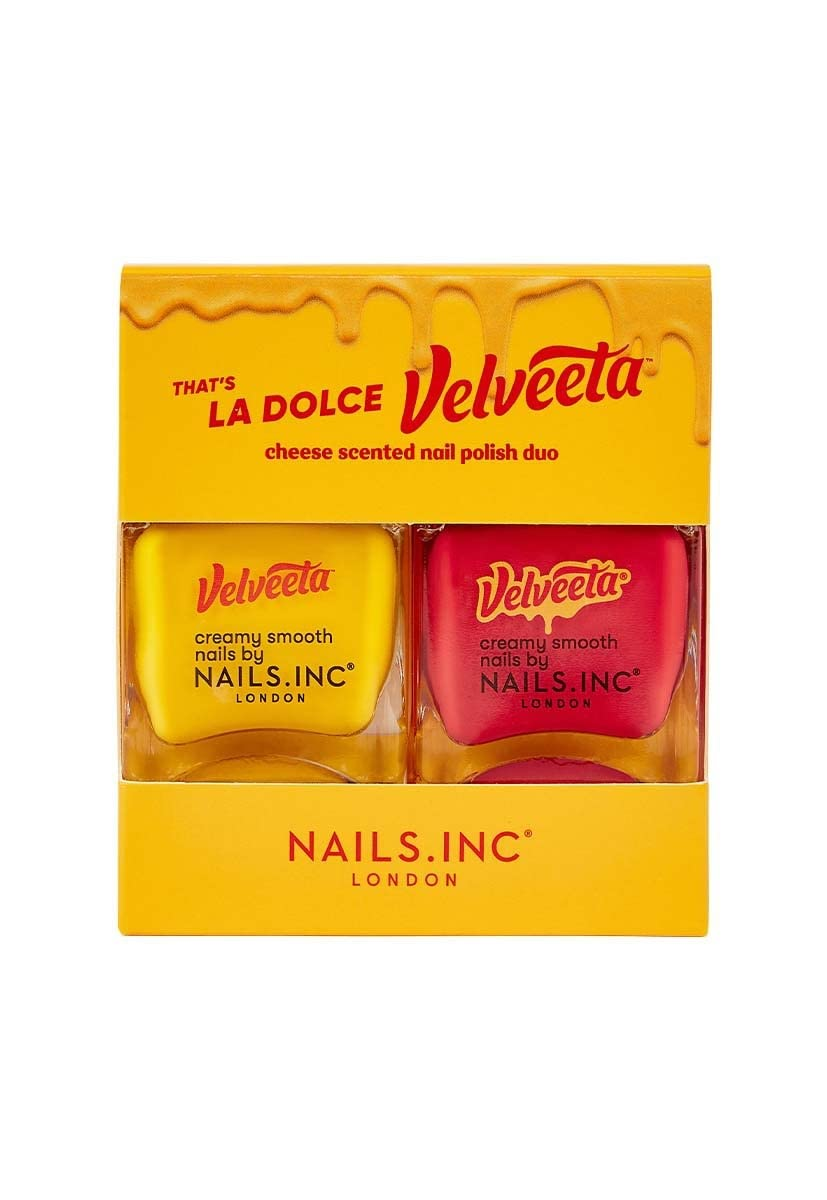
Have you ever wished nail polish didn't have that strong chemical smell but instead had a cheesy odor? No? Neither did anyone else. That didn't stop Velveeta from teaming up with Nails Inc to release a limited-edition nail polish duo based on Velveeta's signature cheese product. The "Velveeta Pinkies Out Polish Collection" includes two deep yellow and bright red colors called "La Dolce Velveeta" and "Finger Food," respectively. Each bottle retails for $15 and smells like cheese - an added bonus for those who enjoy the smell of processed dairy products on their fingers.
The concept of cheese-flavored nails was off-putting to many customers, but the lackluster product was a disappointment to those who found the scent appealing. The vibrant packaging drew eyes immediately upon receiving the polishes in the mail — but when it came time to smell them, consumers were disappointed with their lack of cheesy aroma or tanginess they expected from Velveeta branding alone.
The Velveeta x Nails Inc collaboration flopped in terms of the concept, the product quality, and the word-of-mouth virality, making it the worst marketing stunt in 2022.
